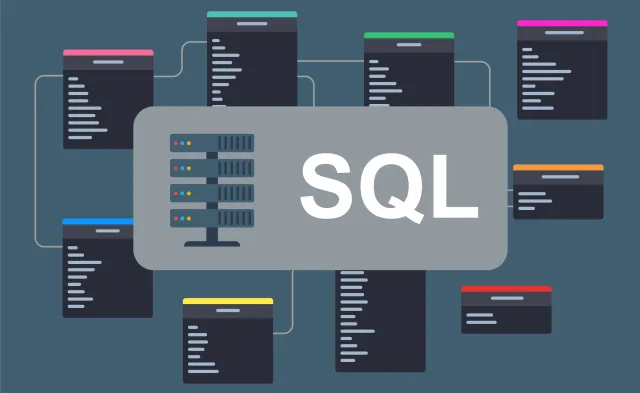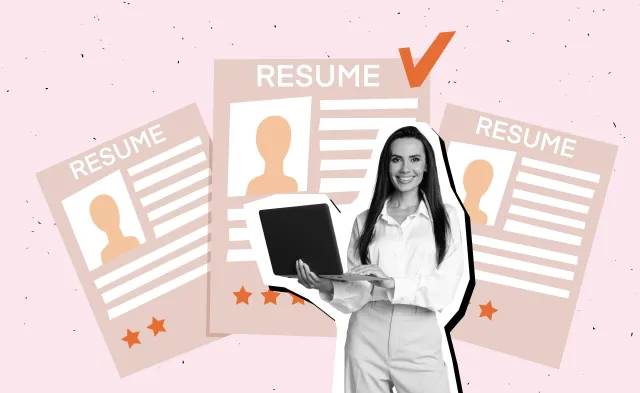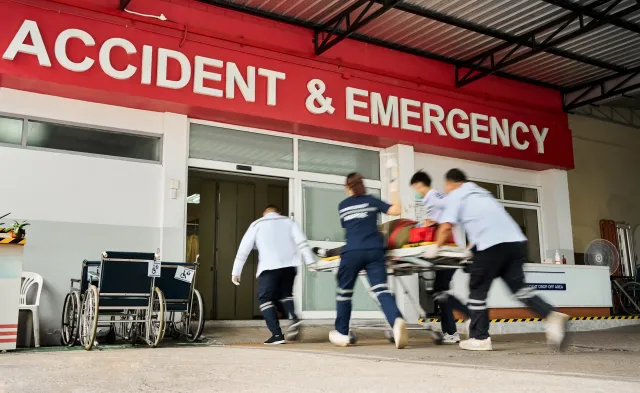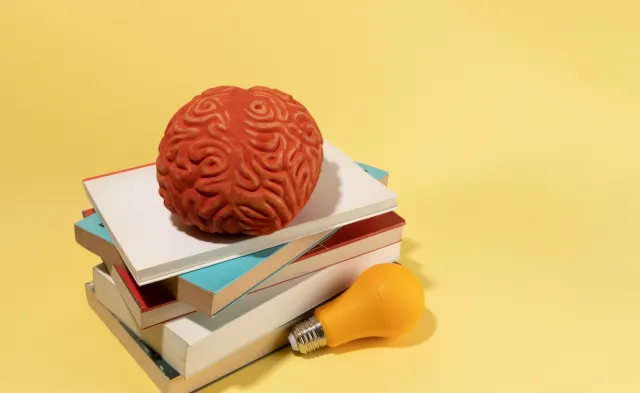Latest
First-Aid Essentials for All Healthcare Workers
Nov 25, 2025

"Is anyone here a nurse?"
It's a question that echoes through airports, restaurants and public spaces whenever someone collapses or gets injured. As a healthcare professional, you're trained to respond to medical emergencies at work, but are you equally prepared to handle a crisis in your personal life?
Whether you're at a family gathering, on a road trip or simply at home, having the right first-aid supplies on hand can make all the difference when seconds count.
Building Your Personal First-Aid Kit
While you may have access to comprehensive medical equipment at your workplace, your home and car should also be stocked with essential supplies. Creating a well-stocked first-aid kit doesn't need to be complicated. You can purchase a pre-assembled kit or build your own, but either way, make sure it contains all the items you may need for common emergencies.
For a family of four, your kit should include wound care essentials like absorbent compress dressings, adhesive bandages in assorted sizes, sterile gauze pads and adhesive tape. Don't forget antibiotic ointment packets, antiseptic wipes and wound-cleaning agents to prevent infection. Non-latex gloves are a must-have item to protect both you and the injured person during treatment.
Beyond basic bandages, medical experts recommend including items like triangular bandages that can double as slings, instant cold compresses for sprains and swelling, an emergency blanket and a non-mercury oral thermometer. Scissors and tweezers are essential tools for removing splinters or cutting tape and bandages. An aluminum finger splint can stabilize injuries until professional help arrives.
Workplace-Specific Considerations
If you work in a healthcare setting or any workplace with specific hazards, your first-aid kit requirements may be more extensive. Federal regulations for certain industries mandate specific minimum contents, including larger gauze pads (at least 8x10 inches), elastic wraps, splints and resuscitation equipment like resuscitation bags or pocket masks.
The key is to tailor your kit to the environment and potential risks. Healthcare institutions emphasize that a well-stocked first-aid kit should be stored in a clearly labeled, easily accessible container where all household members or coworkers know where to find it. Regular checks are essential to replace expired items and restock supplies you've used.
Don't Overlook Life-Saving Items
Many standard first-aid kits focus on treating minor cuts and scrapes but lack supplies for more serious emergencies. Recent evaluations have found that even highly-rated kits often miss critical items for CPR or overdose situations.
A single-use CPR mask with a one-way valve is inexpensive and essential, especially when providing rescue breathing for children, people with lung disease or drowning victims. As a healthcare worker, you know the importance of protecting yourself while administering care. Consider adding naloxone (Narcan) nasal spray to your kit as well. Now available over-the-counter, this life-saving medication can reverse opioid overdoses and is increasingly recognized as worthy of inclusion in personal first-aid kits.
Customizing Your Kit for Your Needs
Workplace safety guidelines remind us that there's no one-size-fits-all approach to first-aid preparedness. Conduct a needs assessment based on your household composition, activities and potential risks. If you have young children, elderly family members or anyone with specific medical conditions, add relevant supplies and medications.
Include personal items such as prescribed medications and emergency contact numbers. Keep a first-aid manual or instruction card in your kit, especially if other family members might need to use it when you're not around. Even with your medical knowledge, having written instructions can help others assist you in an emergency.
Maintaining Your First-Aid Kit
Having a kit is only half the battle. Store your first-aid supplies where you can access them quickly in an emergency. Keep one kit in your home and another in your car. Check your kit regularly to replace used items, expired medications and damaged supplies. Make it a habit to review your kit's contents every few months or after any emergency where you've used supplies.
Learn More About Our Healthcare Programs
BLS pay estimates calculate the median annual wage for various occupations. Per the BLS the median wage for an occupation is: "The wage at which half of the workers in the occupation earned more than that amount, and half earned less. Median wage data are from the BLS Occupational Employment and Wage Statistics survey." Bureau of Labor Statistics (BLS), U.S. Department of Labor, Occupational Outlook Handbook 2024. BLS median wage estimates do not represent entry-level wages and/or salaries. Multiple factors, including prior experience, age, geographic market in which you want to work, and degree level and field, will affect career outcomes, including starting salary and earnings as an experienced employee. Herzing neither represents that its graduates will earn the median salaries calculated by BLS for a particular job nor guarantees that graduation from its program will result in a job, promotion, particular wage or salary, or other career growth.
Latest
Recent Blog Posts
Subscribe to our Newsletter
Get the latest news you need to know, from study hacks to interview tips to career advancement. Have it delivered right to your inbox biweekly.








